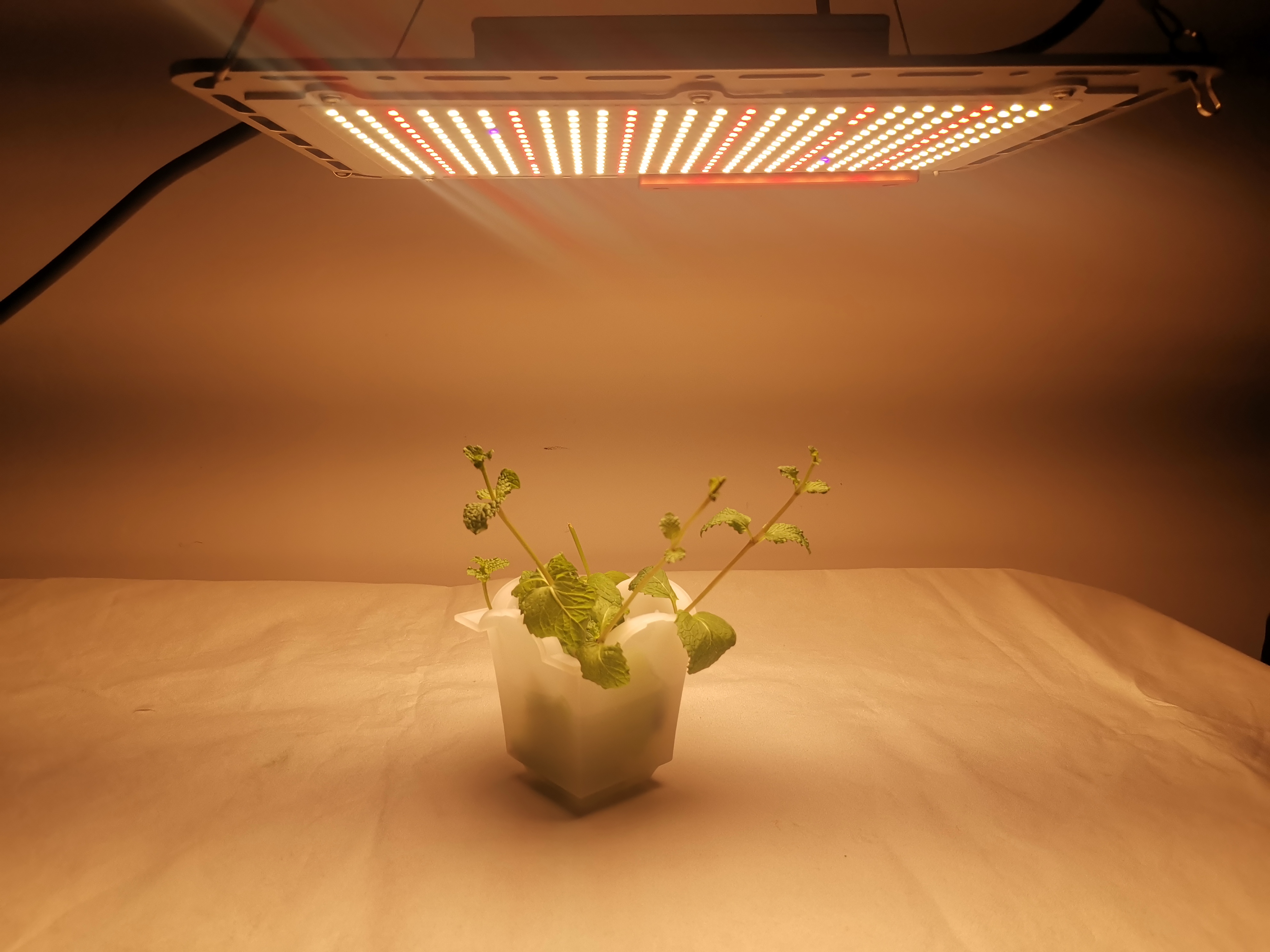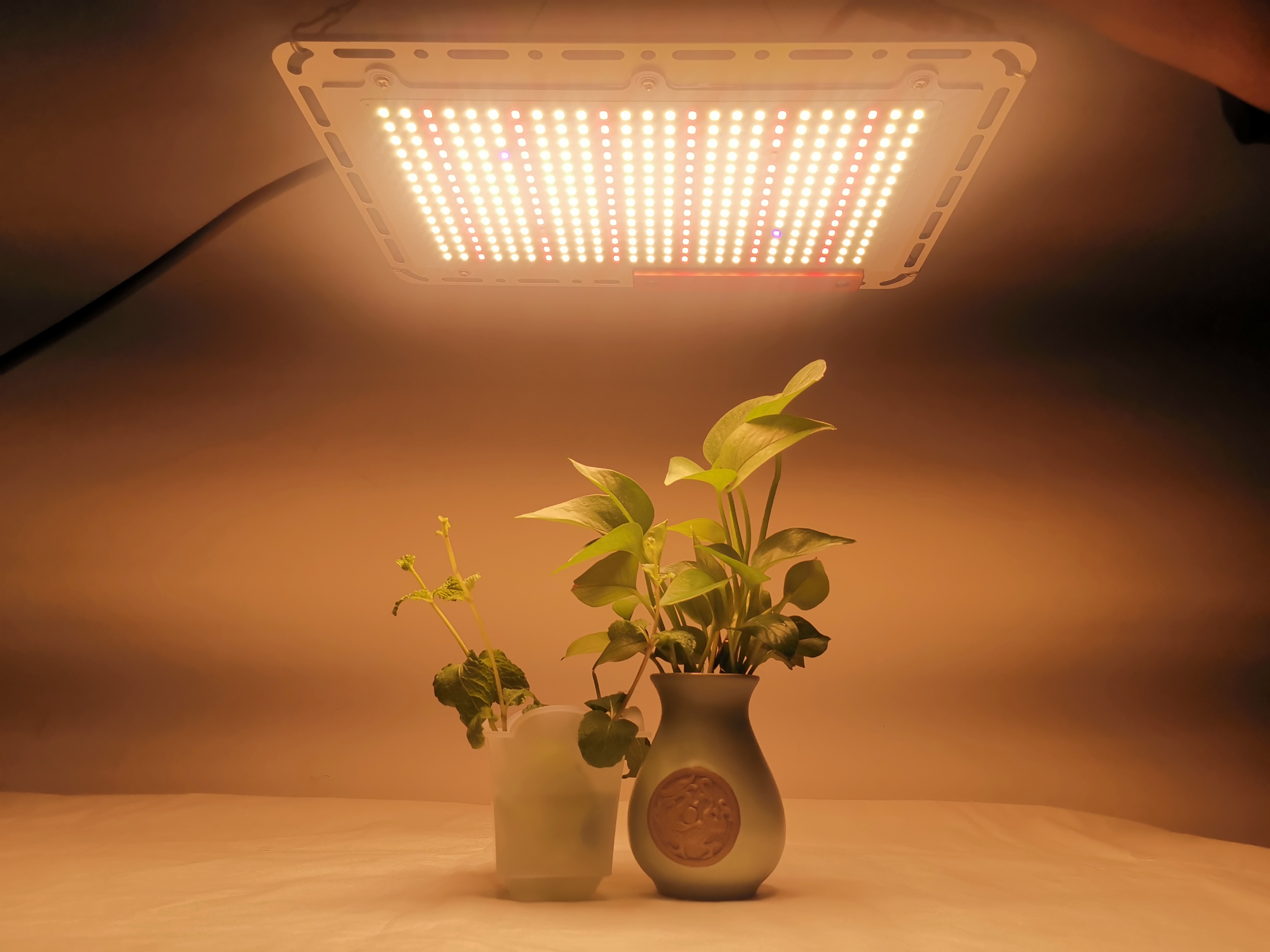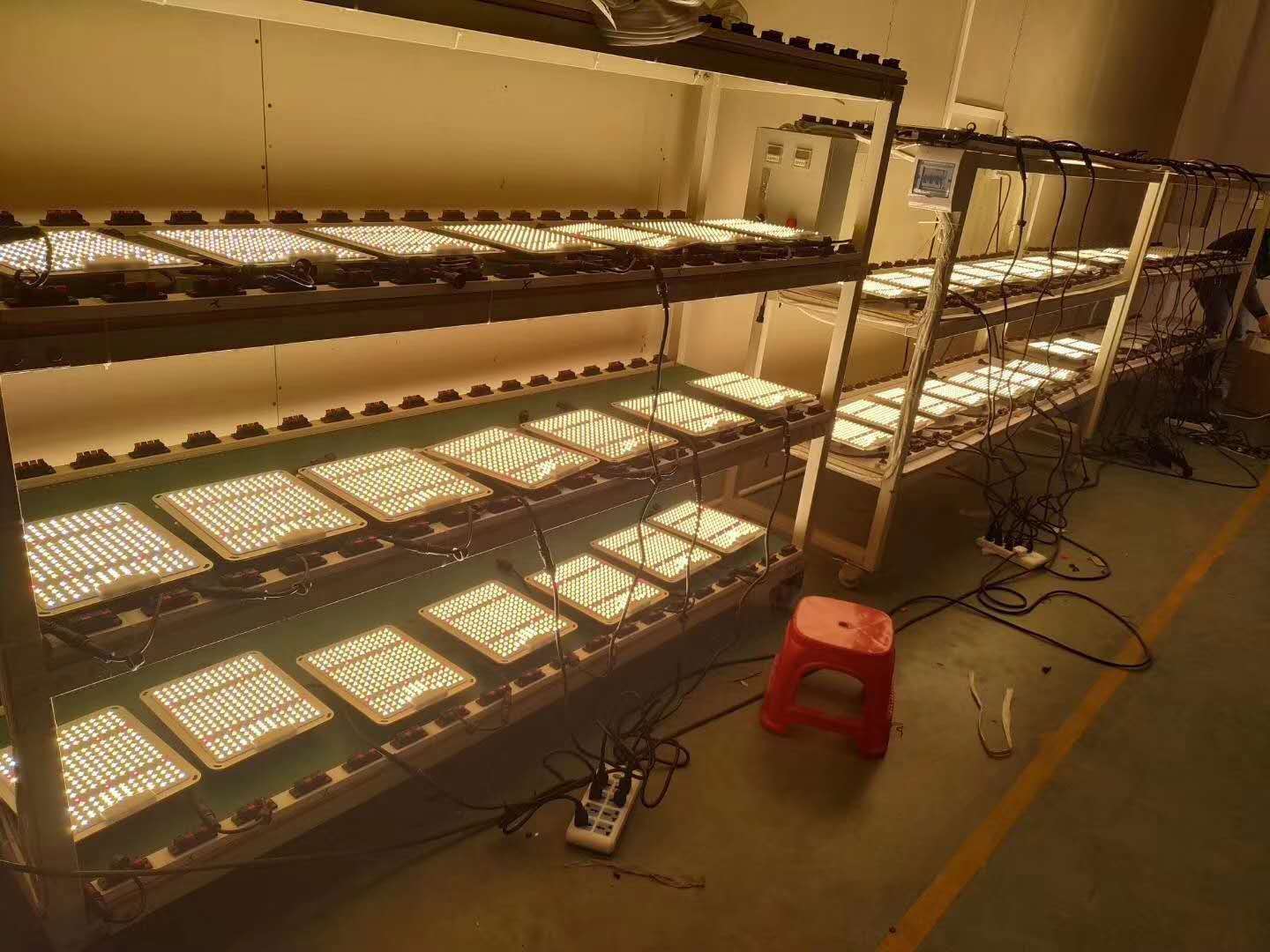Electroplating Terminology 3 Plating method Terminology 3.1 Chemical passivation Processes articles in a solution containing an oxidizing agent to form a thin passivation protective film on the surface.
3.2 Chemical oxidation The process of forming an oxide film on a metal surface by chemical treatment.
3.3 Electrochemical oxidation In a certain electrolyte, metal parts are used as anodes to form a protective, decorative or other functional oxide film on the surface of the parts after electrolysis.
3.4 Plating utilizes the principle of electrolysis to deposit metal or alloy on the surface of the part to form a uniform, dense and well-bonded metal layer.
3.5 Conversion film The surface layer of the metal containing compound formed by chemical or electrochemical treatment of the metal.
3.6 Steel Blue (Steel Chemical Oxidation)
The process of heating or immersing the steel part in air into an oxidizing solution to form a thin oxide film, usually of blue (black) color, on the surface.
3.7 Inrush Current The instantaneous large current that passes through the current.
3.8 Bright Plating Under suitable conditions, electroplating with a shiny coating is obtained directly from the plating bath.
3.9 Alloy plating The process of co-deposition of two or more metals (including non-metallic elements) under the action of an electric current.
3.10 Electroplating of several layers of metal layers with different properties or different materials deposited successively on the same substrate.
3.11 Impulse Plating A method of electrodepositing a thin metal layer in a given solution at a high current density for a short time to improve the adhesion between the subsequently deposited coating and the substrate.
3.12 Phosphating A process of forming an insoluble phosphate protective film on the surface of steel parts.
3.13 Thermally dissipatively heat-treats a plated part to cause diffusion of the base metal and the deposited metal(s) into an alloy.
4 Pre-plating and post-plating treatments Nomenclature 4.1 Chemical degreasing In the alkaline solution, the process of oiling the surfaces of the parts is removed by means of saponification and emulsification.
4.2 Electro-releasing oil In the alkali-containing solution, the parts are used as anodes or cathodes to remove the oily surface of the parts under the action of the current.
4.3 The light is soaked in the solution for a short time so that the metal forms a bright surface.
4.4 Mechanical Polishing With the aid of a high-speed rotating polishing wheel coated with a polishing paste, the mechanical processing of the surface brightness of the metal part is improved.
4.5 Deoiling Organic Solvents Use organic solvents to remove oil stains from the surfaces.
4.6 Dehydrogenation The metal parts are heated at a certain temperature or other methods are used to drive off the hydrogen absorption inside the metal during the electroplating process.
4.7 Deplating The process of removing the plating on the surface of the workpiece.
4.8 Weak Etching Before plating, the thin oxide film on the surface of the metal part is removed from the solution and the surface is activated.
4.9 Strong etching The process of immersing metal parts in etching solutions of higher concentration and temperature to remove oxides and rust on the surface of metal parts.
4.10 Pre-plating treatment In order to make the material of the parts exposed to the real surface, eliminate the internal stress and other special purposes, remove the oil, oxides and internal stress and other pre-technology treatment.
4.11 Post-plating treatment In order to enhance the protective performance of the plating, to improve the decorative properties and other special purposes (such as passivation, hot melt, sealing and hydrogen removal, etc.) treatment.
5 Materials and Equipment Terminology 5.1 Anode Bags Cloths made of cotton or synthetic fabric are placed on the anode to prevent the anode slime from entering the solution bag.
5.2 Brighteners Additives used to obtain bright coatings in electrolytes.
5.3 Inhibitors Substances that slow the rate of chemical or electrochemical reactions.
5.4 Surfactants can also significantly reduce interfacial tension at very low levels.
5.5 Emulsifiers can reduce the interfacial tension between immiscible liquids to form emulsion-forming substances.
5.6 Complexing agents Substances that combine with metal ions or compounds containing metal ions to form complexes.
5.7 Insulating layer is applied to a part of the electrode or hanger to make the surface non-conductive layer of material.
5.8 Hangers (fixtures)
A tool used to suspend parts for easy placement of parts in slots for plating or other processing.
5.9 Wetting agents can reduce the interfacial tension between the part and the solution, making the surface of the part susceptible to wetting.
5.10 Additives A small amount of additive contained in the solution that improves the electrochemical performance of the solution or improves the quality of the coating.
5.11 Buffer A substance that maintains a substantially constant pH of the solution within a certain range.
5.12 The mobile cathode uses a mechanical device to periodically reciprocate the cathodes of the parts to be plated together with the pole bars.
6 Test and test related terms 6.1 Discontinuous water film is usually used for non-uniform wettability caused by surface contamination, making the water film on the surface become discontinuous.
6.2 Pore The number of pinholes per unit area.
6.3 pinholes from the surface of the coating to the underlying coating or substrate metal tiny holes, it is due to the electrode surface of the cathode electrodeposition process is obstructed, so that the place can not be deposited coating, while the surrounding plating is constantly thickening Caused.
6.4 Discoloration Changes in the color of the surface of the metal or coating due to corrosion (eg, darkening, discoloration, etc.).
6.5 Bonding strength of the coating and the base material.
6.6 The phenomenon of peeling from the matrix material into flakes.
6.7 Peeling The crushing or shedding of the surface coating caused by some causes (such as non-uniform thermal expansion or contraction).
6.8 Orange peel is similar to the corrugated surface treatment layer of orange peel.
6.9 Spongy deposits. Loose porous deposits formed during electroplating that are not strongly bonded to the matrix material.
6.10 Scorched Coatings Dark, rough, loose, and other poor quality deposits formed at high currents often contain oxides or other impurities.
6.11 pits or holes formed in the plating or etching, with metal surfaces.
6.12 Roughness In the electroplating process, the rough coating is not smooth due to various reasons.
6.13 The ability of a plated braze coating to be wetted by molten solder.
Samsung lm301b Quantum Board 110W
Samsung lm301b Quantum Board 110W, QB350 model, 1board with 350pcs led, meanwell driver, can do knob timer(optional).Can also do spectrum customized. Meanwell driver provide 5 yes warranty, normall driver 1yr warranty.
240W, 450W,600W available too.
System Led Grow Light works both for seeding, veg and bloom stages, promote the plant growth.



Grow Light Quantum Board,Best Quantum Board Grow Light,Diy Quantum Board Grow Light,Samsung Quantum Led Board
Shenzhen Wenyi Lighting Technology Co., Ltd , https://www.wygrows.com